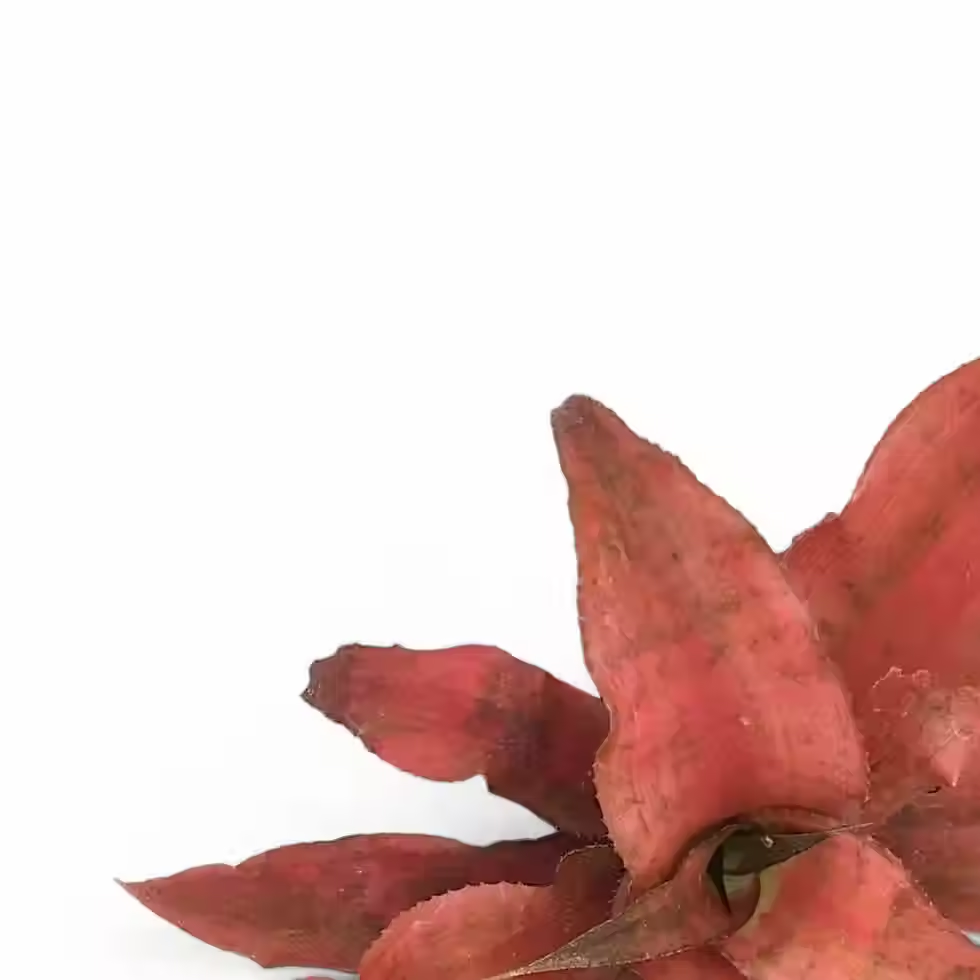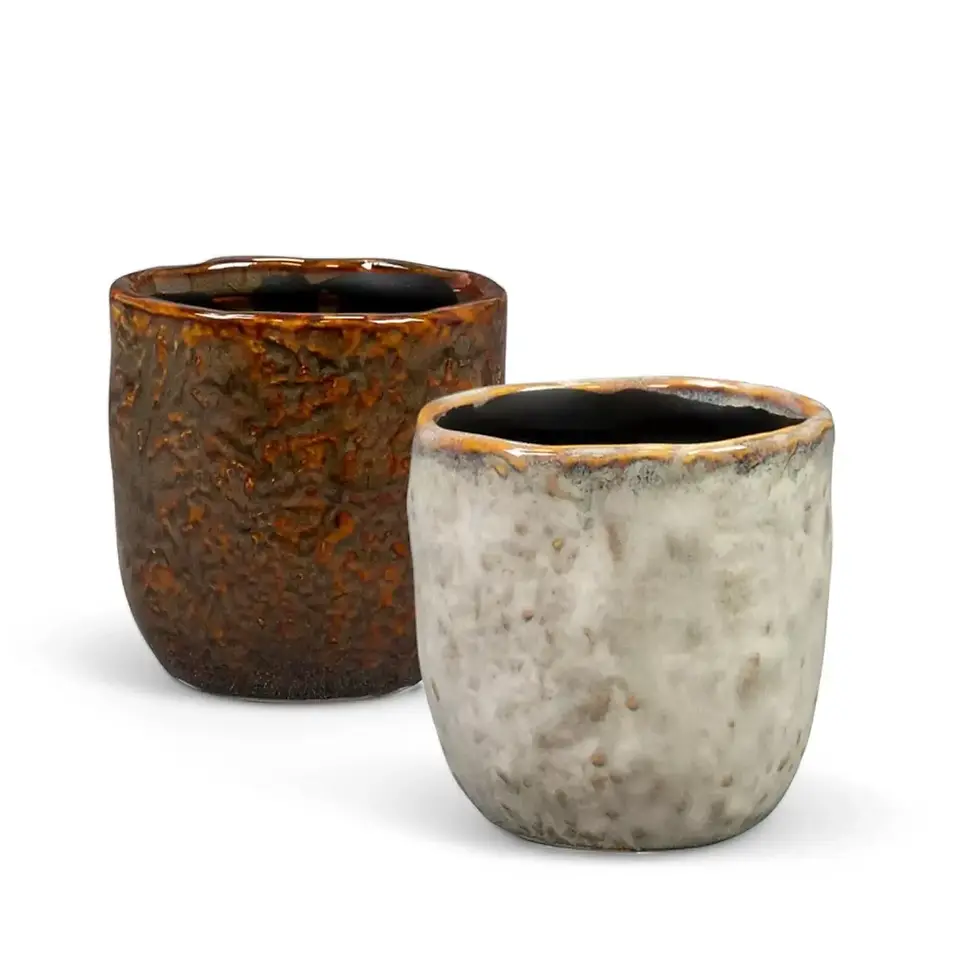Anthurium villenaorum - Essential Care and Growth Tips
Anthurium villenaorum is a strikingly unique plant, prized for its velvety foliage and unusual triangular petioles that create an architectural aesthetic. Its leaves, varying in texture from subtly soft to deeply lush, adapt to humidity levels, making each specimen one of a kind. With proper care, this rare Anthurium thrives indoors, offering a lush and sculptural presence to your plant collection.
Distinctive Characteristics and Advantages of Anthurium villenaorum
- Velvety Foliage: The texture of Anthurium villenaorum’s leaves changes based on its growing environment, creating a dynamic visual effect.
- Triangular Petioles: Unlike most Anthuriums, this species has sharp, geometric petioles, enhancing its bold appearance.
- Epiphytic Growth: Originating as an epiphyte, it flourishes in well-draining, airy substrates that mimic its natural habitat.
Anthurium villenaorum - Natural Habitat and Growth Insights
Anthurium villenaorum originates from the humid cloud forests of Peru, where it grows epiphytically in shaded environments with consistently high moisture levels. These forests experience year-round temperatures between 18-24°C with significant humidity (70-90%) and moderate to high rainfall.
Anthurium villenaorum - Indoor Growth Details:
- Growth Habit: Upright with semi-climbing tendencies.
- Growth Rate: Moderate, with new leaves emerging every few months under optimal conditions.
- Size Potential: Indoors, Anthurium villenaorum can reach 60-90 cm in height, with broad leaves that span up to 40 cm.
- Toxicity: Anthurium villenaorum contains calcium oxalate crystals, making it toxic if ingested by pets or humans.
Caring for Your Anthurium villenaorum
- Light: Prefers bright, indirect light. Avoid direct sunlight, which can scorch its delicate leaves. It can tolerate lower light but will grow more slowly.
- Watering: Keep the substrate evenly moist but not soggy. Let the top 2-3 cm of soil dry before watering again to prevent root rot.
- Humidity: Ideally between 70-90%. Use a humidifier or group plants together to increase moisture levels if necessary.
- Temperature: Stable conditions between 18-24°C are optimal. Avoid exposure to temperatures below 15°C.
- Soil: A well-aerated mix of orchid bark, perlite, and sphagnum moss works best, ensuring proper drainage and root oxygenation.
- Repotting and Pot Choice: Repot Anthurium villenaorum every 1-2 years, or when roots outgrow the container. Use a pot with ample drainage holes to prevent water stagnation.
- Fertilization: Apply a balanced liquid fertilizer once a month to promote healthy growth. Avoid over-fertilization, which can lead to salt buildup and root damage.
- Propagation: Best propagated through division or stem cuttings in a high-humidity setting. Ensure cuttings have at least one node to encourage successful rooting.
- Semi-Hydroponics and Hydroponics: Anthurium villenaorum is adaptable to semi-hydro setups with inert substrates for controlled moisture absorption.
- Pruning: Remove yellowing or damaged leaves to maintain plant health and encourage new growth.
- Placement: Choose a location with bright, indirect light, away from cold drafts or direct heat sources like AC units or heaters.
- Support: Providing a moss pole or trellis can encourage upward growth and larger leaf development.
Common Problems with Anthurium villenaorum and How to Solve Them
- Root Rot: Prevent overwatering by ensuring proper drainage and allowing partial drying between waterings. Use a well-aerated soil mix.
- Pests: Can attract spider mites, mealybugs, and thrips. Treat infestations with neem oil, insecticidal soap, or introduce beneficial predatory insects like ladybugs.
- Browning Leaf Tips: Often due to low humidity or inconsistent watering. Increase moisture levels and maintain a steady watering routine.
- Yellowing Leaves: Typically a sign of overwatering or poor drainage. Adjust watering frequency and check for compacted soil.
- Drooping Leaves: Can indicate dehydration, root issues, or environmental stress. Ensure consistent care conditions.
- Fungal Issues: Prolonged moisture on leaves can cause fungal infections. Improve air circulation and avoid overhead watering.
- Leaf Curling: Often caused by excessive light exposure or under-watering. Adjust placement and check soil moisture levels.
- Nutrient Deficiency: Pale or slow-growing leaves may indicate a lack of nutrients. Apply a diluted fertilizer to address deficiencies.
Additional Insights for Anthurium villenaorum
Understanding Anthurium villenaorum's cloud forest origins can guide its indoor care. By replicating its natural conditions—humid, shaded, and aerated—you’ll cultivate a thriving, visually stunning Anthurium villenaorum. Providing a moss pole or support structure can also encourage larger leaf development and healthier growth.
For best results, avoid frequent repositioning - Anthurium villenaorum prefers a stable environment. Regularly wiping down leaves will also enhance their velvety texture and prevent dust buildup, which can hinder photosynthesis.
Etymology
The genus Anthurium comes from the Greek words “ánthos” (flower) and “ourá” (tail), describing the plant’s distinctive inflorescence. The specific epithet villenaorum honors Janette Karol Villena Bendez and her husband Bruno Villena, the owners of Orchideas Amazonicas in Moyobamba, Peru, who were the first to cultivate this species in the region.
Anthurium villenaorum - Frequently Asked Questions:
- Is Anthurium villenaorum suitable for beginners?Yes! While it prefers high humidity, it’s adaptable and relatively easy to care for with proper conditions.
- How can I enhance the velvety texture of the leaves?Maintaining high humidity and bright indirect light will help bring out the rich, soft texture.
- What is the best soil mix for this plant?A well-draining, airy mix containing orchid bark, perlite, and sphagnum moss will provide ideal root conditions.
Order Anthurium villenaorum Now!
Secure your own Anthurium villenaorum today—rare, visually striking, and easy to care for. Add this exceptional plant to your collection and enjoy its sculptural beauty indoors!
Anthurium villenaorum
Anthurium villenaorum comes in following sizes:
Baby Plant – comes in a ⌀ 6 cm pot and is approximately 15 cm tall
M – comes in a ⌀ 12 cm pot and is approximately 20 cm tall
L – comes in a ⌀ 21 cm pot and is approximately 50 cm tall

























































